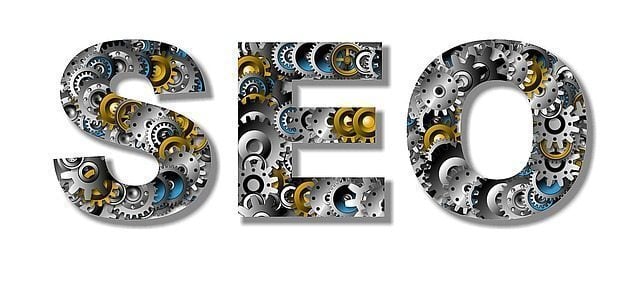The only true test of effective marketing is whether it produced a profit.
For many new business owners, the most trying and nerve-wracking part of producing a profit is convincing the Prospect to buy what you are offering. This process is made even more challenging by the existence of successful and experienced competitors.
Very few of us enjoy going out without any previous knowledge to knock on doors until someone says yes. This approach usually results in more no’s than most of us can stand.
How do we avoid such mass rejection?
By carefully creating a plan to sell, just as we planned what legal form our business would take or where we would locate. We must focus first and foremost on the fact that selling is a game of numbers – even the best salespeople rarely exceed one sale for every five sales calls. The constant need to find, approach and persuade new sales prospects can wear you out if you have not developed a plan in advance.
Become A Problem Solver
The difference between successful sellers and mediocre sellers is often not a major difference in approach but instead a significant difference in attitude. The best salespeople see themselves not as hucksters but as problem-solvers. Their challenge on each sales call is to determine the customer’s problem or need and convincingly offer a solution. You really won’t convince most people to buy anything that doesn’t present a clear benefit to them. Your challenge is to convince the prospect that the value of what you are offering is much greater than its cost.
Your ammunition for achieving this end comes from listening carefully to what the customer says. Listening patiently can be a big problem for many new business owners who are eager to take action – if it is for you, force yourself to sit still and pay attention.
Your goal is to find and keep customers, thereby assuring repeat sales. Just as with friends, you do this by entering into a relationship with your customer – you show you care about their emotional, financial and organizational needs on an ongoing basis, not just when you want an order.
Use a Successful Selling Formula
Selling, probably more than any other marketing activity, is based on known formulas for success.
The path to sales success follows these steps:
- Develop a clear and convincing sales message.
- Create a way to communicate this message.
- Develop sources for leads
- Prospect effectively
Let’s look at each of these steps in detail.
Create a Compelling Sales Message
Even though you may feel pretty confident that you understand your business idea, can you persuasively describe what you intend to do to others? An effective sales story combines the following: A quick but understandable explanation of what niche your business fits into; what the key features are; what benefits the buyer receives; how it can be bought.
To help you create a written sales message, you may want to use the answers to these questions:
- What is the one most important customer problem you feel you can solve?
- How is your company qualified to provide this solution?
- What are the two or three benefits to your customer from using your product or service?
- What action do you wish the prospect/customer to take?
Once you have answered these questions, you must practice putting them together from memory.
Just as you rehearse for a play, you practice saying your sales message.
Communicate Your Sales Message
There are many ways to tell your sales message – flyers, skywriting, billboards, matchbooks, signs at bus stops and lots more. But our favorite combination is effective and not costly: One or more sales letters and a brochure.
The keys to a successful sales letter are:
- Start off strong. Open with an attention-getting sentence, such as ‘You may not realize that you already own one-half of a very powerful billing system” (the phone). Or pose a question, such as, “Is your phone ringing off the hook with calls from new entrepreneurs?”.
- Connect the opening to the body. Use each of the next three or four paragraphs to detail one benefit to the user from your product or service.
- Wrap up with a “clincher”. State in one sentence how your product or service will clearly help the reader of your letter.
- Close with a call to action End your letter by telling the reader exactly what you would like them to do next. The easier it is to do this, the more likely it will be done.






